I joined Danny Barrera, founder of Contractor Click and Concrete Marketing Crew, to walk contractors through exactly what Google looks for if you want to rank.
Danny and I have collaborated on projects over the years, including live audits with the San Francisco SBDC and mutual support across social media. I’ve seen firsthand how Danny helps contractors win by applying a smart, consistent digital strategy.
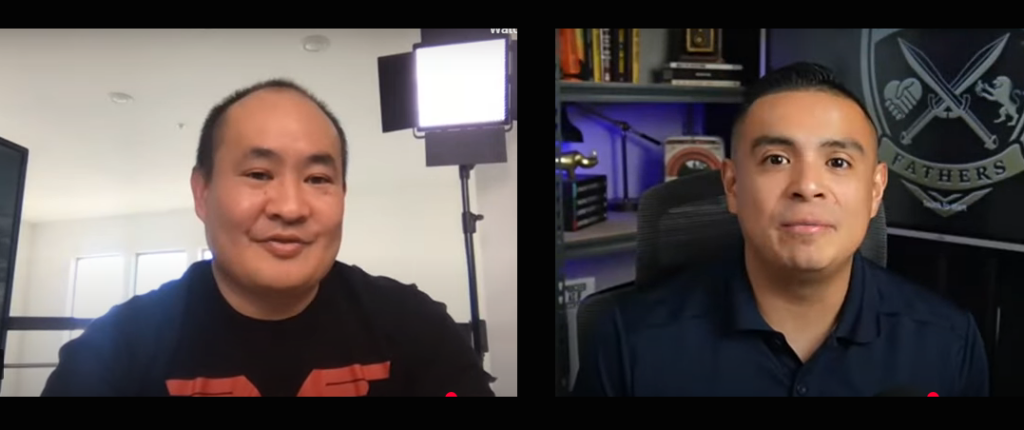
In this session, we broke down what actually works.
Why Most Agencies Get It Wrong
Many agencies prioritize tactics over proof. They’ll sell you SEO snake oil—H-tags, backlinks, keyword stuffing, some AI-generated blog spam—and promise they’ll “rank you on Google.”
But let me ask you this:
Do they rank themselves?
Danny Barrera does. He ranks #1 for SEO for concrete coatings, epoxy flooring SEO, concrete contractor marketing, and more. Why? Because he actually does the thing that he says he does.
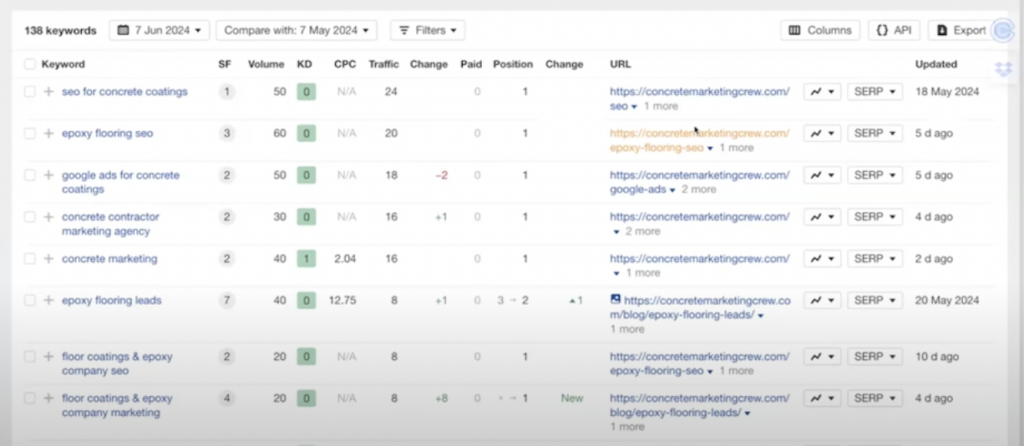
“You can see it in the rankings,” Danny chimed in. “This is what we do every single day for ourselves and our clients.“
And that’s what Google is really looking for. Not tricks. Not hacks. Just evidence.
Prove Your Work: How Google Sees the Truth
Google is watching everything—how often you post, what others say about you, the media you share, where you show up, and who you’re connected to.
Google made headlines with its Helpful Content Update. Sites that were stuffing AI-generated filler got wiped out. Why? Because they lacked EEAT—Experience, Expertise, Authority, and Trust—with an emphasis on that first E: Experience.
If you’re a concrete contractor in San Antonio, are you showing real photos from jobs in San Antonio? Are you tagged in videos with your crew? Are you connected to authoritative voices in your industry?
Danny pointed out, “This is exactly why we tell clients to avoid stock photos. This goes beyond design—it helps reinforce your credibility with real location and trust signals that Google can recognize.“
If you want to rank, show real stories. Show your team doing a one-day floor. Record that conversation with your client about their epoxy color. Celebrate your crew’s work anniversary. Take a selfie in front of your favorite Starbucks in the city you serve.
This type of real, location-tagged content consistently ranks.
Take Excel Concrete Coatings, which is owned by my buddy Greg Beebe. They regularly film short videos on-site, showing how their coatings work—everything from prep to finished surfaces. These clips are uploaded to their site and social media, helping Google see that the work is real, local, and relevant.

I even opened up my Google Photos during the session to drive this home. I showed Barrera a picture we took with Danny Leibrandt while in Rome—standing at Hadrian’s Castle, looking out toward St. Peter’s Basilica. The photo had all the metadata: the exact location, timestamp, phone model, and even who was in the frame.
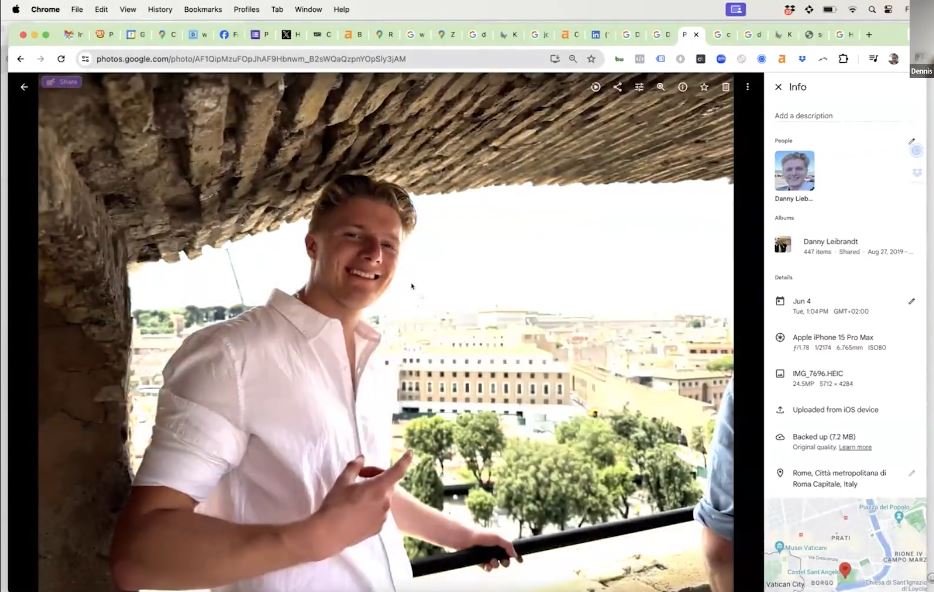
Photos like that are packed with signals—GPS coordinates, timestamps, facial recognition—that confirm you were where you were and doing what you say you do.
Danny put it perfectly: “This is why we push our clients to send us raw job photos—unedited, straight from the phone. Every image tells a story that Google can validate.”
Content Factory: Turn Real Work into Rankings
The best SEO strategy isn’t blogging five times a week but taking one real piece of content and making it live in several places.
We call it the Content Factory.
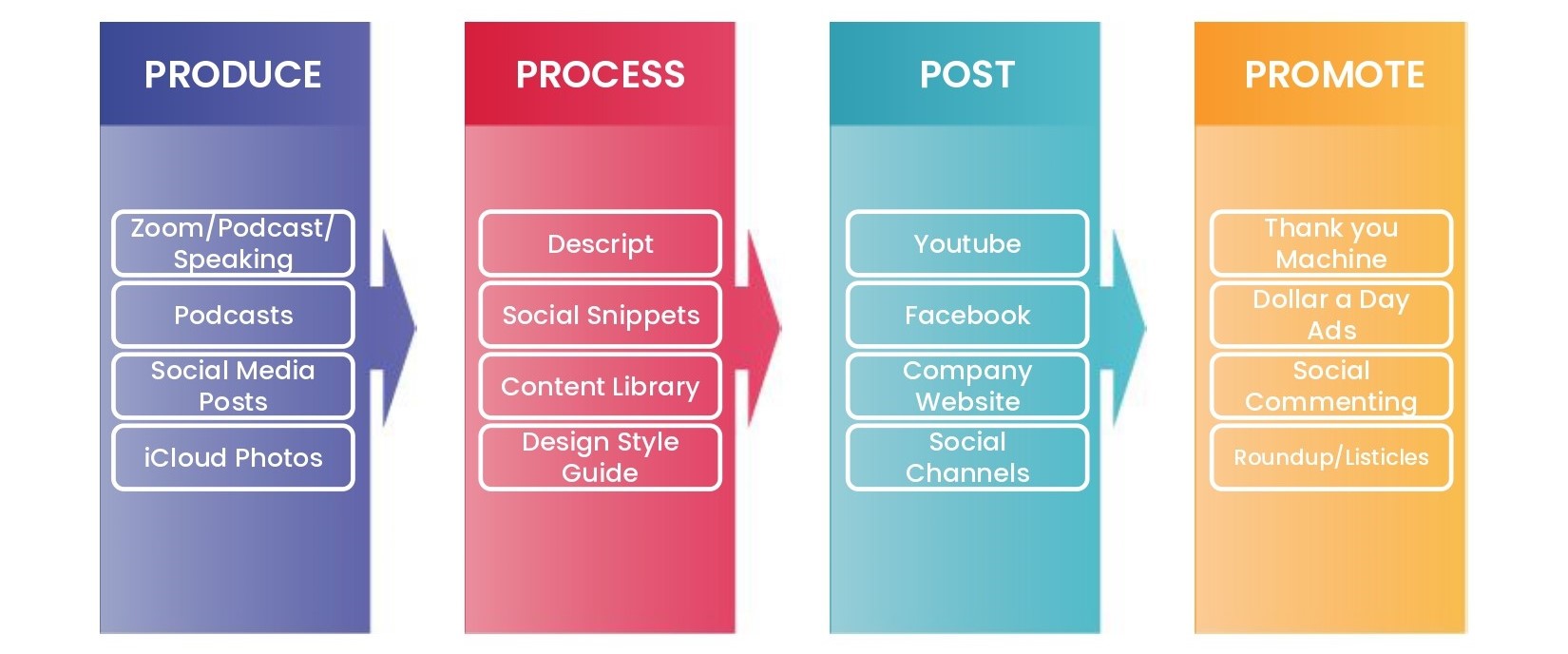
Take that podcast, turn it into:
- A YouTube video.
- Instagram reels.
- Facebook posts.
- LinkedIn articles.
- A blog with show notes.
- A tweet thread.
- An ad.
Use AI tools to help speed up the editing, captioning, and formatting. But don’t let AI write your story. Google penalizes content that lacks original insight. If you’re not adding value, you’re going to get buried.
“We use AI to scale but not to replace,“ Danny said.
And this is exactly the kind of strategic repurposing that Danny’s team at Contractor Click helps contractors implement.
We have also been using AI to process content via the Content Factory process. For example, our client Ad Astra Softwash has been producing videos, after which we quickly turn them into content that can be posted on YouTube, Instagram, Facebook, etc.

The 10% Rule: Data-Backed Content Testing
Here’s one of our best tactics: the 10% rule.
If 10% of people who see your content engage with it (likes, shares, comments, full views), you’ve got a winner.
I’ve run this with Caleb Guilliams, a financial advisor. We boosted his testimonial video. His relevancy with the right audience was so high, we hit 15% engagement. That’s gold.

“It’s about getting the right message in front of the right people—and then doubling down when it hits.“ Danny said.
This is where the Dollar a Day strategy comes in. Instead of blowing your budget on big ad spends, start with just one dollar. Boost your best-performing post—the one that hit that 10% engagement benchmark—and let it run for seven days.
That’s $7 to test the waters and gather data. Once you see what works, you can scale up gradually.
Danny’s a huge advocate of this: “The beauty of Dollar a Day is that it makes marketing accessible to any contractor. You don’t need a marketing degree or a huge team.”
The goal isn’t to chase vanity metrics. What matters is recognizing what resonates and strategically increasing its reach.
Real Example: DripJobs, TrueVersity, and EncoreGarage San Antonio
Let’s look at how this all plays out in the real world:
1. DripJobs
A fantastic brand with strong loyalty and a clear value proposition. But their site only had nine indexed pages. That means Google doesn’t have much to work with.

Tanner’s podcast content—Contractor Secrets—is gold, but it was stuck on Spotify. If you don’t put that content on your site, Google can’t tie it back to you, I told him.
When we repurpose that podcast into blog articles, social media snippets, and embed it into the site, that content becomes discoverable and rankable.
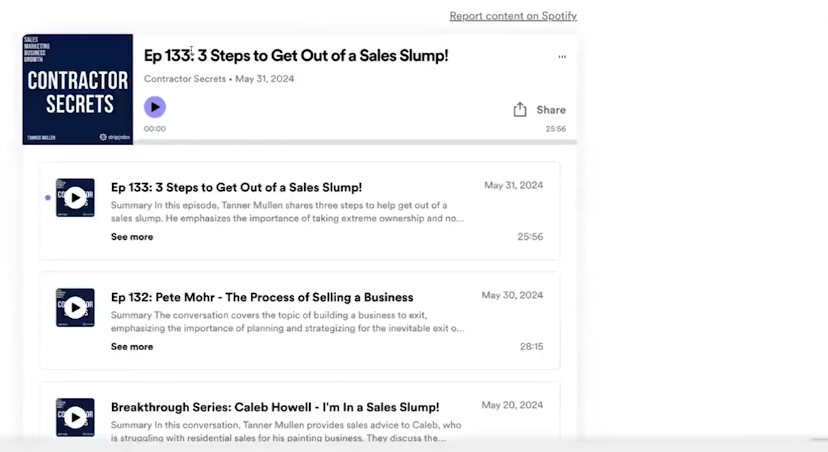
2. TrueVersity
Their homepage relied on generic imagery and lacked clear keyword targets. Joe, the founder, is an expert in AI consulting, but the site didn’t reflect his authority or experience.
We suggested one-minute videos answering “People Also Ask“ questions from Google, like “How can AI help BDRs book more meetings?“ It’s these micro-content nuggets that boost trust and give Google the proof it’s looking for.
3. EncoreGarage San Antonio
The main issue wasn’t technical but contextual. The homepage looked decent, but it used a hero image that felt generic.
San Antonio is a massive metro with tons of neighborhoods, and the site didn’t have any location pages. “Your site needs to say you work in Alamo Heights, New Braunfels, and Boerne—not just ‘San Antonio,’” Danny told them. That way, you rank for hyperlocal terms and build authority in each sub-market.
“Location pages are some of the most overlooked content on a contractor’s site,“ Danny emphasized. “That’s where the conversion happens.“
When you combine content that shows real work, reinforces location, and is repurposed consistently, you build the kind of digital footprint that Google rewards.
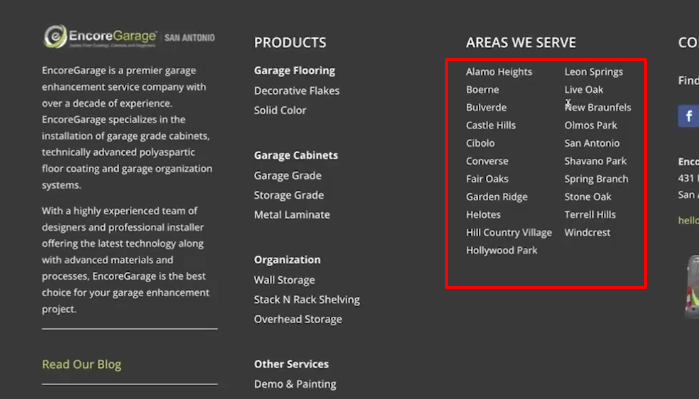
Final Checklist: Turn Visibility into Rankings
To wrap up, here’s a simple checklist to implement what Danny and I shared:
- Capture Real Proof: Photos, short videos, customer reactions, before/after shots.
- Tag & Upload Immediately: Geo-tag it, name your crew, and mention the location.
- Repurpose with the Content Factory: One piece of content, many formats.
- Boost Best Posts with Dollar a Day: Start small, scale what gets results.
- Show Up Consistently: Google sees patterns. Be findable everywhere.
The Content Factory training is the best place to get started with all the above.
